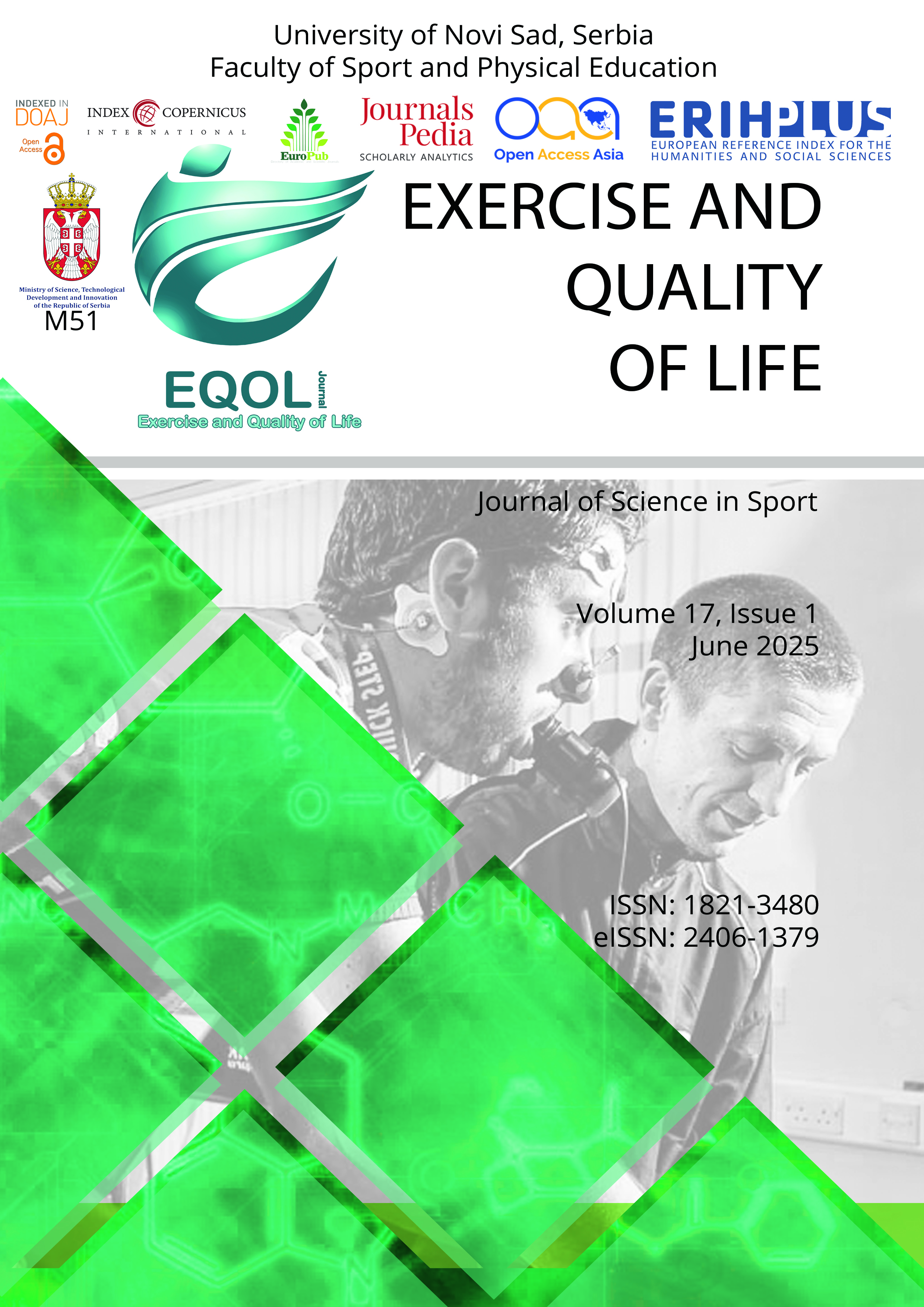
More articles from Volume 16, Issue 1, 2024
Overview of systematic reviews on the most common sports injuries
Risk factors for shoulder injury in professional male handball players: A systematic review
Sports injuries in athletes with disabilities
Musculoskeletal injuries in bodybuilders: A brief review with an emphasis on injury mechanisms
Discrepancies in the prevalence, risk factors, diagnosis, and treatment of stress fractures between long-distance runners and sprinters: A qualitative review of systematic reviews
Effect of low-dose radiotherapy in rotator cuff calcific tendinitis: A case report
 ,
,
University of Novi Sad, Faculty of Medicine, Novi Sad, Serbia
 ,
,
Special Hospital for Rheumatic Diseases, Novi Sad, Serbia
 ,
,
University of Novi Sad, Faculty of Medicine, Novi Sad, Serbia
 ,
,
Clinical Center of Vojvodina, Center for Radiology, Novi Sad, Serbia
 ,
,
University of Novi Sad, Faculty of Medicine, Novi Sad, Serbia
 ,
,
Oncology Institute of Vojvodina, Sremska Kamenica, Serbia

University of Novi Sad, Faculty of Medicine, Novi Sad, Serbia
Editor: Žiga Kozinc
Abstract
Rotator cuff calcific tendinitis (RCCT) is an acute or chronic painful condition due to the presence of calcific deposits inside or around the tendons of the rotator cuff. Effective treatment of RCCT is crucial for restoring shoulder function, alleviating pain, and enhancing the patient’s quality of life. The treatment of RCCT is mainly divided into surgical and non-surgical treatment. Conservative treatment has been regarded as the first-line therapy, but the effectiveness of these treatments is still not well-established. When conservative treatment fails, invasive treatment, either minimally invasive or surgical, is usually indicated. Nowadays, low-dose radiotherapy has been used for the treatment of various benign conditions, including calcific tendinitis. We presented a 56-year-old female patient with intense pain and limited mobility of her left shoulder. X-rays and ultrasound of the left shoulder showed a massive oval calcification along the greater part of the m. supraspinatus measuring 41x8mm. The patient was first treated with diclopram, peranton gel, and rest. After that, it was decided to try low-dose radiotherapy. It was performed on the Vitalbeam radiotherapy platform with a conformal technique in doses of Gy 8 and 10 fractions. After the last fraction, the pain gradually disappeared and mobility was regained. The ultrasonography control 2 months after the last session showed the total disappearance of the calcification. The use of low-dose radiotherapy for benign conditions is a topic of ongoing debate in the medical community. In this case, low-dose radiotherapy proved to be an adequate method of choice without accompanying side effects, resulting in complete healing and improvement of quality of life.
Keywords
References
Citation
Copyright

This work is licensed under a Creative Commons Attribution-NonCommercial-ShareAlike 4.0 International License.
Article metrics
The statements, opinions and data contained in the journal are solely those of the individual authors and contributors and not of the publisher and the editor(s). We stay neutral with regard to jurisdictional claims in published maps and institutional affiliations.
























